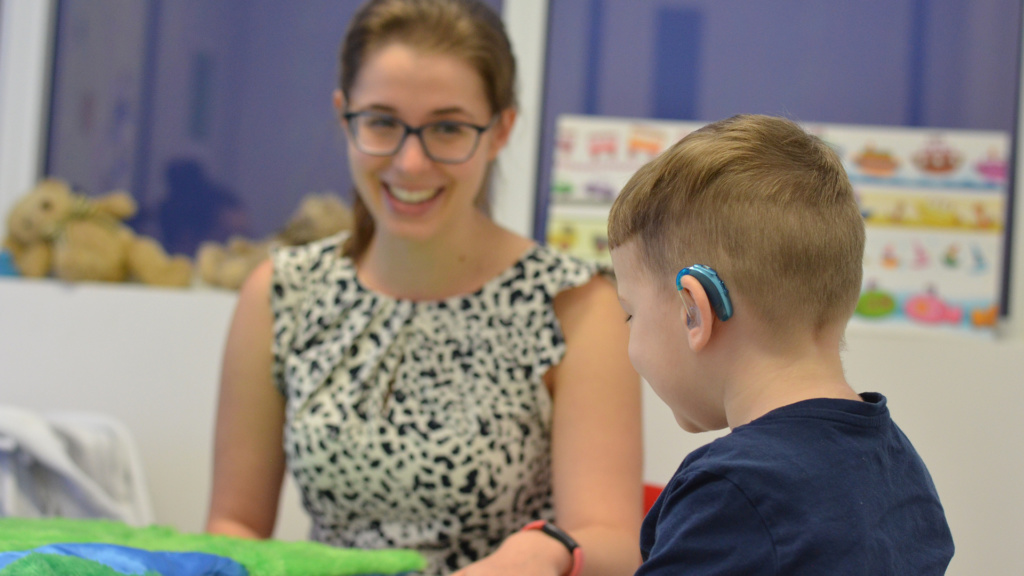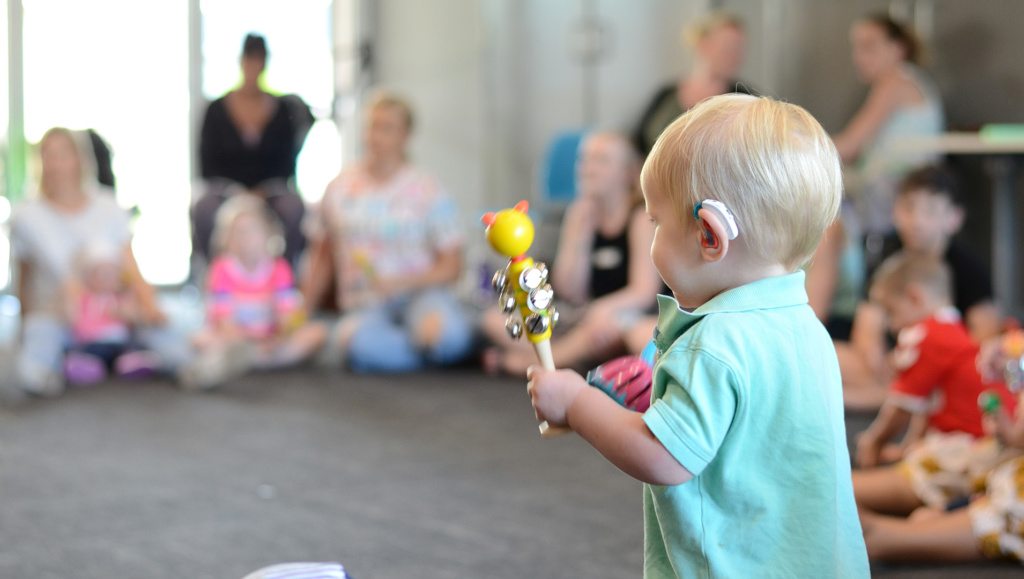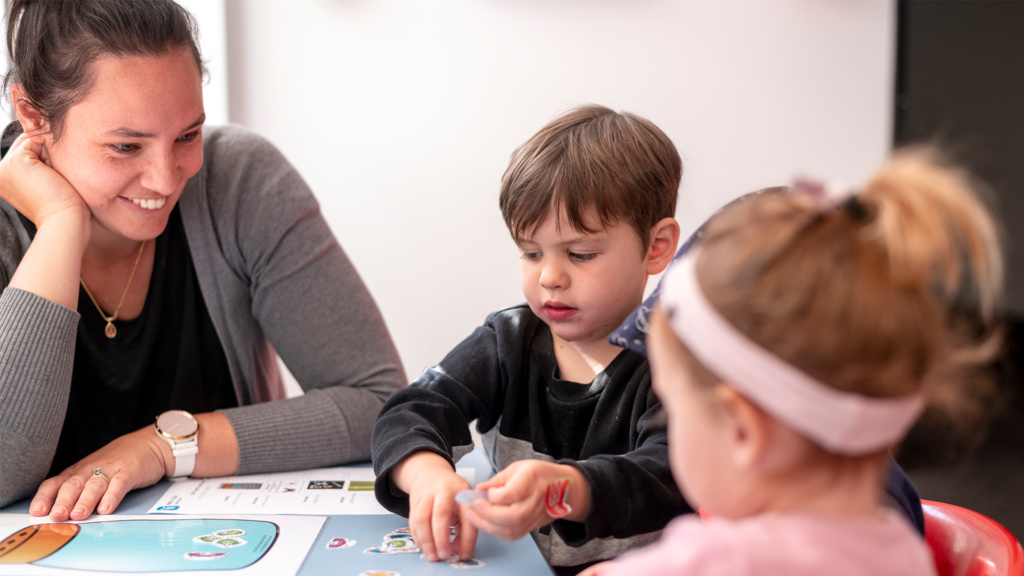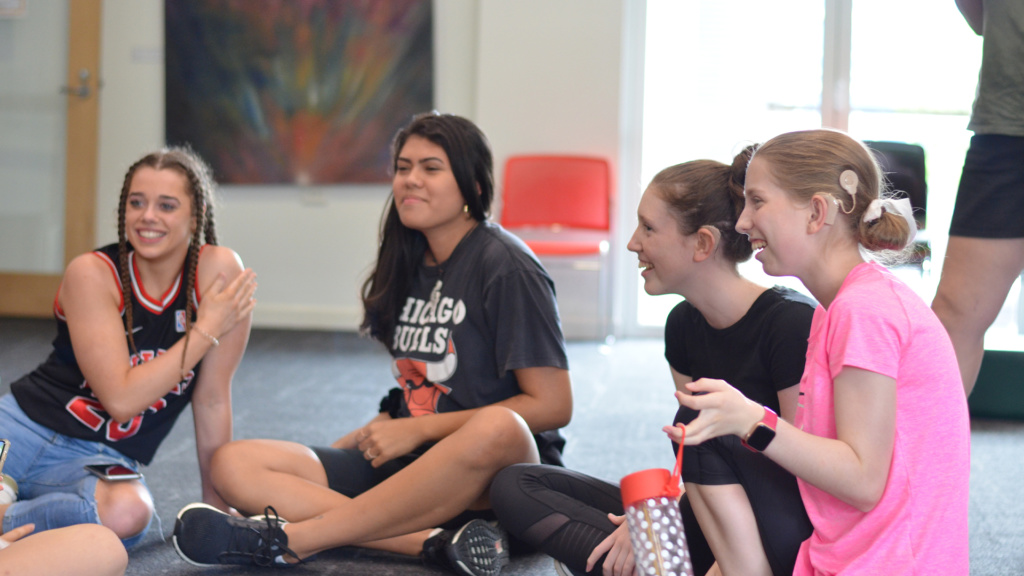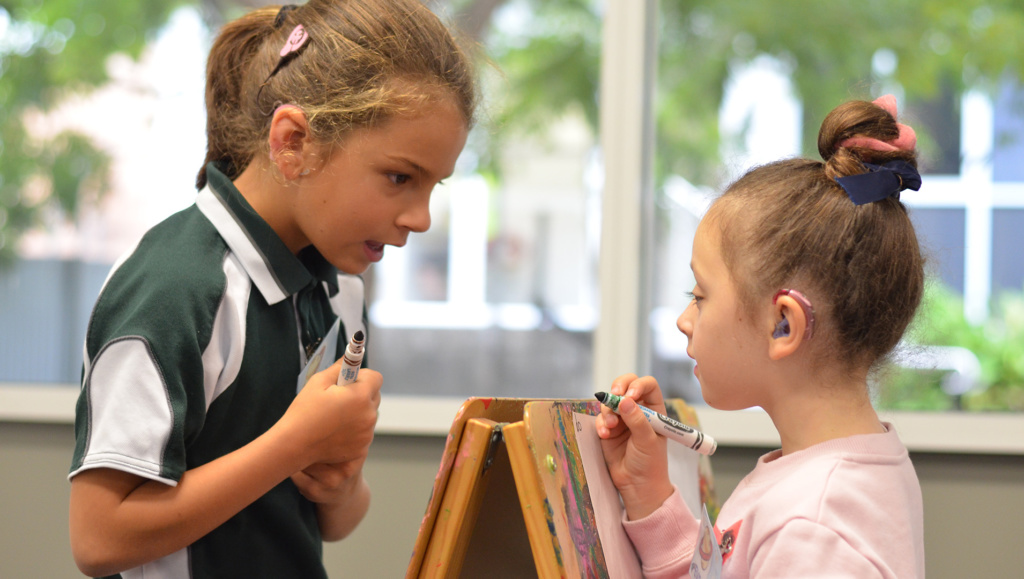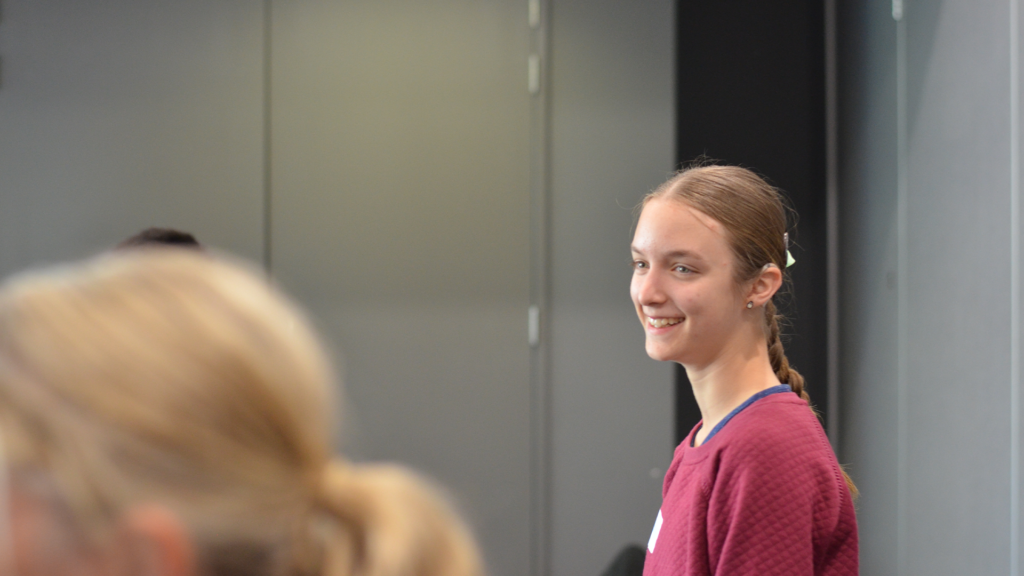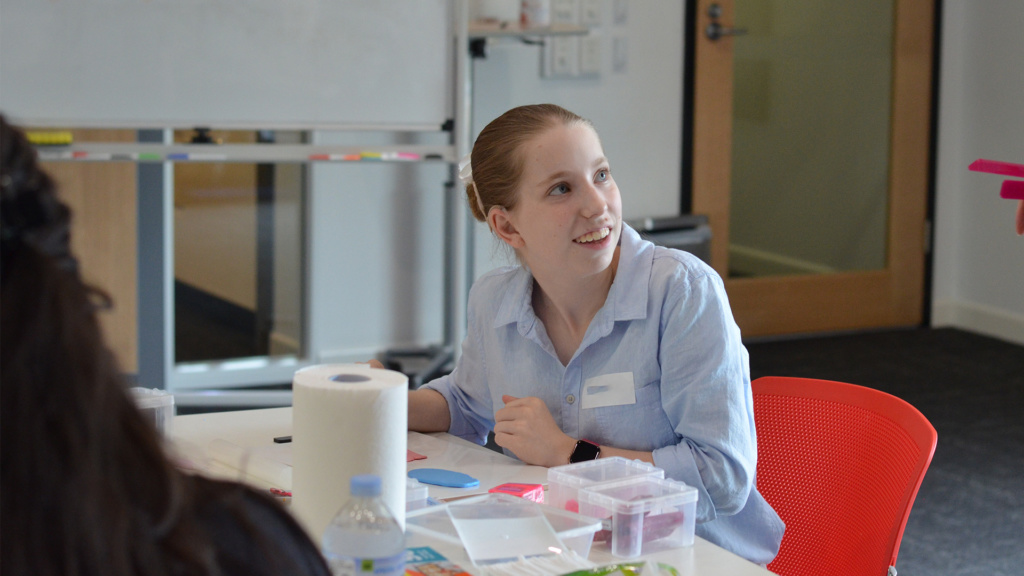Fluency describes our ability to easily and quickly share information. Everyone will have moments of dysfluency when they are speaking under pressure and/or expressing complex information. Examples of dysfluency include the use of interjections such as ‘um’ or ‘er’ or the repetition or rephrase of a sentence or idea. For most individuals, the level of dysfluency produced is low, and it does not impact their ability to communicate.
The level of dysfluency is highest in children between 2 and 3 years of age. This is because the language areas of the brain are growing very rapidly at this age, often more quickly than the motor areas, and the dysfluency fills the space in a sentence while the motor skills catch up with the language skills. It is common that children will experience alternating periods of fluency and dysfluency during this period. 75% of children will outgrow these fluency issues and go on to be component communicators. The remaining 25% are at risk of developing a stutter.

